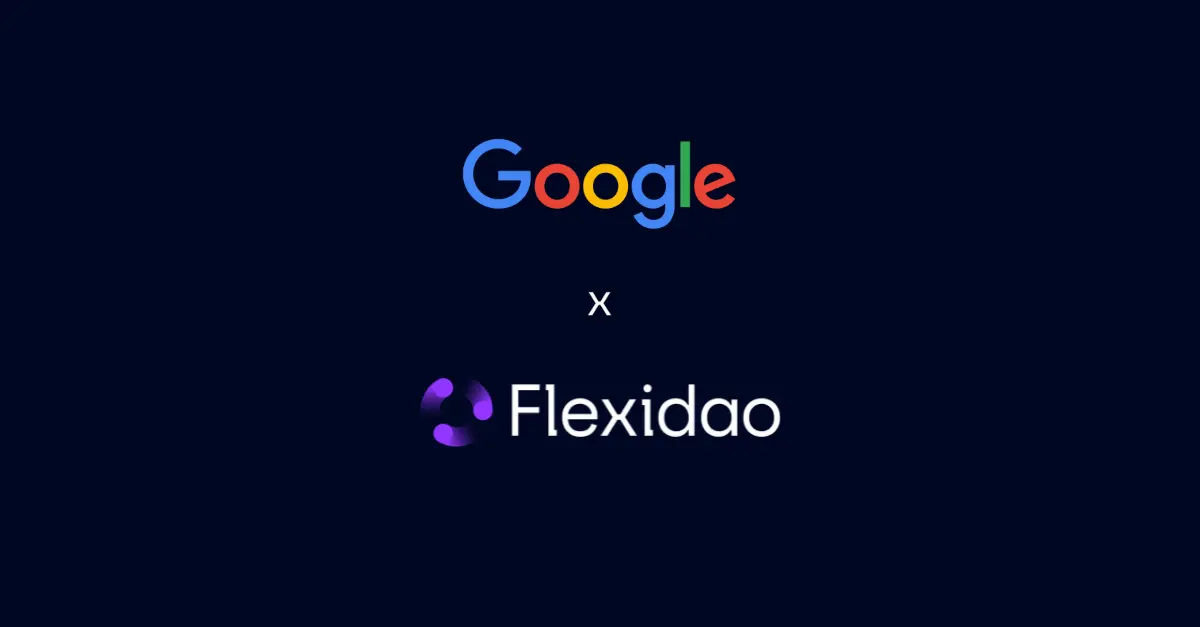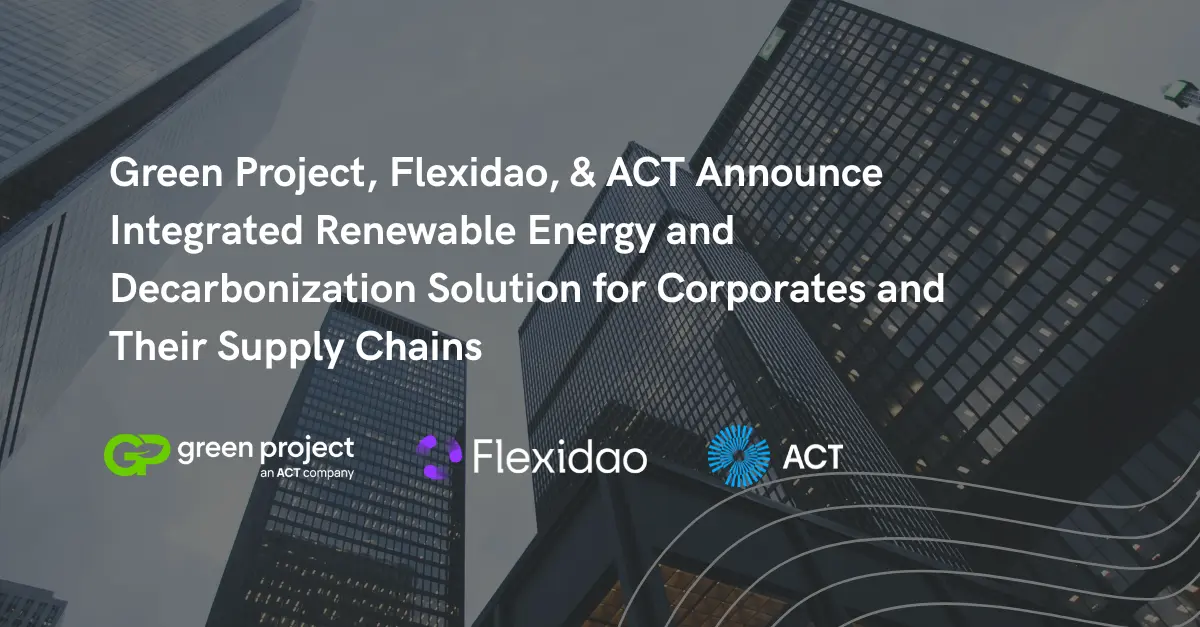Energy Attribute Certificate vs. an Energy Traceability Software: What’s the Difference?
Energy Attribute Certificate vs. an Energy Traceability Software: What’s the Difference?
Discover the difference between energy attribute certificates and energy traceability software with Flexidao's expert insights.
The increasing pressure from governments and stakeholders to work on corporates’ sustainability impact has led to a fast growth of the renewable energy market worldwide. The energy transition process is so strong that even a global calamity such as COVID19 hasn’t stopped it: renewables are projected to be the only energy source to grow this year compared to 2019, according to IEA’s Global Energy Review 2020.
However, just consuming renewable energy is not enough. Governments and stakeholders require a concrete proof of your actions. This is where Energy Attribute Certificates (EACs) can come in.
What is an Energy Attribute Certificate?
The supply of green electricity is based on a principle of equivalence. Whenever a renewable plant injects 1MWh or more into the grid, one Energy Attribute Certificate (or EACs) is issued. In other words, ECSs role is to verify that 1MWh of green energy is produced and introduced in the grid. Whoever buys the certificate can thus claim that a certain amount of renewable electricity has been produced for their consumption and use them for carbon emission reporting (as requested by governments and institutions).

In practice
Let’s suppose that a company consumes 100MWh a year. In order to compensate for it, the company just needs to buy 100 EACs of 1MWh. Sounds easy, right? However, it's not how it looks.
First of all, you have to consider that all the Energy Attribute Certificates need to be claimed by the user. Generally, the EACs don’t come from a unique source: medium-large companies have multiple touchpoints that need to coordinate, contact to request the EACs, follow the procedure to retrieve them and finally get them. And this happens for every single corporate branch. Try to imagine a big multinational enterprise with 5, 8, 10 branches located around the world. It sounds like a nightmare! On top of that, each region has its own legislation to follow. Sustainability Managers and Reporting Managers spend an incredible amount of hours every year to retrieve all their Energy Attribute Certificates. To avoid this situation, they're paying for an external retailer or consultant that does the work for them. It is a lot of time and money that isn't invested efficiently.
In addition, have you ever seen an Energy Attribute Certificate? Usually, it's a poor Excel line with 3 or 4 incomprehensible codes. That seems like a lot of work for such a result.

Where Energy Traceability Softwares Can Help!
Energy Traceability Softwares connects directly to a renewable energy plant. It collects your Energy Attribute Certificates and provides real-time additional information over the energy source that normally isn’t visible in the certificates.
The table below clearly explains the difference:

Why are the additional data provided by Energy Traceability Softwares important?
Nowadays there is a big misconception: being powered by 100% renewable energy implies being carbon neutral. Leaders in the renewable energy transition process recognized that just buying Energy Attribute Certificates is not enough. Each company has to make sure that their investment in renewable energy has a real positive impact on local communities. Three concepts are gaining more and more importance: additionality, proximity, and emissionality.
Additionality is a term that describes renewable energy generation that is truly new. For example, companies responsible for financially supporting new, expanding, or developing renewable generation sources, as opposed to buying into what is already available or planned, can claim additionality. This information is related to the age of the energy plant.
Proximity is a concept that deals with the location of the company. Companies should enable cleaner air for a local area, replacing fossil fuels plants by renewables. Hence, it's important to source locally.
Finally, emissionality refers to the avoided carbon emissions obtained by sourcing renewable energy. The carbon intensity of energy is a dynamic value that depends on several geographic, meteorological, temporal and usage variables. In order to ensure the highest impact, consumption should be matched in real time with production of renewable energy.
Energy traceability softwares empowers corporates to evaluate and demonstrate that they are one step ahead towards carbon neutrality.
======================================================================
Flexidao provides organizations with the data and tools to manage their clean electricity portfolio effectively.
This enables users to improve reporting processes, address risks and enhance decarbonization impact. Flexidao can access electricity metering and certificate data across Europe, the US, Latin America and the APAC region. Its digital solution aggregates and standardizes this data into an intuitive platform, allowing for clear oversight of electricity contracts.
Flexidao’s notable customers include Google, Microsoft, Iron Mountain and Vodafone ES.








